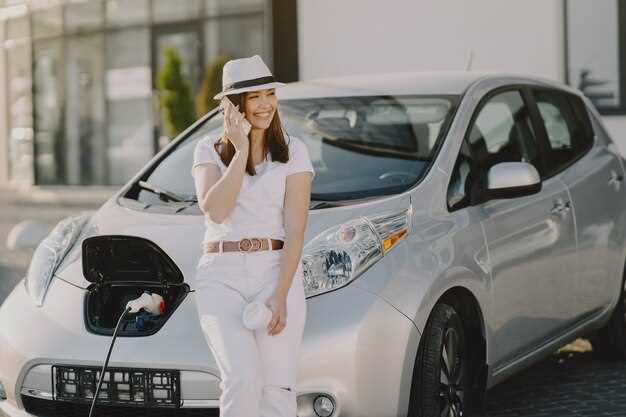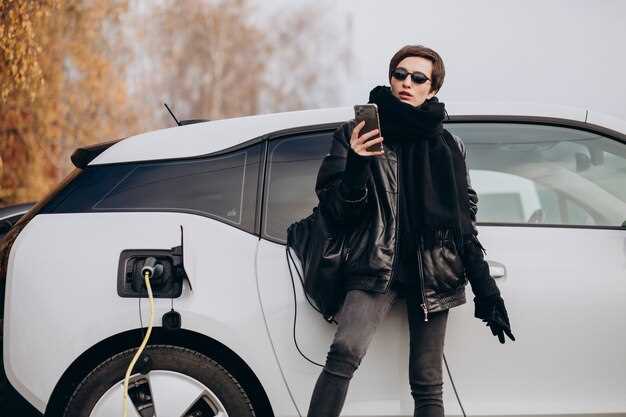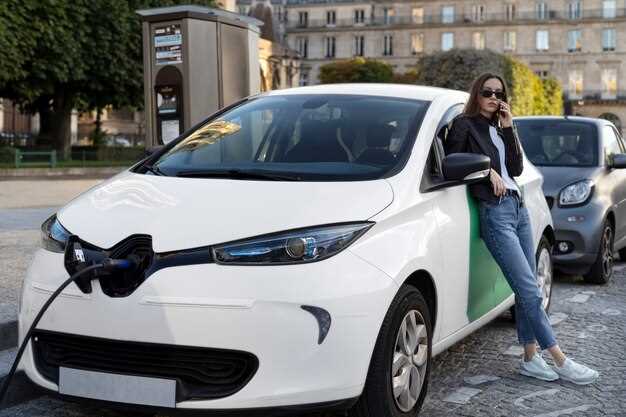
The electric vehicle (EV) market has seen remarkable growth in recent years, with numerous manufacturers introducing innovative models to meet the rising demand for sustainable transportation. Among the many contenders in the luxury electric SUV segment, the BMW iX and Tesla Model X stand out for their unique features and advanced technology. This comparison aims to delve into the key aspects of both models, helping potential buyers make an informed decision.
As two of the most prominent names in the electric SUV arena, the BMW iX and Tesla Model X offer distinct advantages and trade-offs in terms of performance, range, interior quality, and technological integration. Understanding these differences is essential for consumers seeking an EV that aligns with their lifestyle and preferences. In this article, we will analyze critical factors including driving dynamics, charging efficiency, and interior comfort to provide a comprehensive overview of these remarkable vehicles.
Performance Metrics: Acceleration, Top Speed, and Range

In the electric vehicle (EV) market, performance metrics such as acceleration, top speed, and range are critical for consumers comparing models. The BMW iX and Tesla Model X stand out as strong contenders, each offering unique characteristics that cater to different driving preferences.
Regarding acceleration, the Tesla Model X is known for its impressive performance, with the Long Range variant achieving 0 to 60 mph in just 3.8 seconds, while the Plaid version boasts a staggering 0 to 60 mph in approximately 2.5 seconds. The BMW iX, though slightly less aggressive, still performs admirably, with its xDrive50 variant achieving 0 to 60 mph in about 4.6 seconds, showcasing the brand’s commitment to performance within the EV segment.
Top speed metrics also favor the Tesla Model X, which reaches a maximum speed of 155 mph. This is significantly higher than the BMW iX, which is electronically limited to a top speed of 124 mph. While the Model X may cater to those seeking a sportier driving experience, the iX’s focus leans more towards luxury and versatility.
When evaluating range, the Tesla Model X shines with an estimated range of up to 348 miles on a single charge for the Long Range version, making it one of the leaders in the EV market. The iX, on the other hand, offers a competitive range of around 324 miles, which is commendable for its class. Both vehicles employ advanced battery technology to optimize efficiency, but the Model X maintains a slight edge in terms of overall driving distance.
In summary, both the BMW iX and Tesla Model X demonstrate impressive performance metrics that cater to distinct consumer needs. While the Model X excels in acceleration and top speed, the iX offers a balanced alternative with solid performance and capability, making the comparison between these two electric SUVs an interesting one for potential buyers.
Charging Infrastructure: Availability and Speed of Charging Options

The charging infrastructure for electric vehicles (EVs) plays a crucial role in the overall driving experience, particularly for the BMW iX and Tesla Model X. Both vehicles offer different approaches to charging availability and speed, which can significantly influence user convenience and satisfaction.
Tesla’s Approach
Tesla has built an extensive Supercharger network across many countries, enabling quick and efficient charging options for Model X owners. Superchargers can charge the vehicle up to 80% in approximately 30 minutes, making long-distance travel feasible. Tesla’s growing network includes thousands of locations, ensuring drivers often find a station within reasonable distance. Moreover, Tesla vehicles can use standard Level 2 home chargers for daily charging, providing flexibility and convenience.
BMW iX Charging Solutions
The BMW iX benefits from access to a varied charging network, including fast-charging options through partnerships with providers like ChargePoint and Electrify America. While the iX can achieve a fast charging rate, reaching up to 200 kW, the actual availability of these rapid chargers can be less extensive compared to Tesla’s network. The iX also supports home charging using Level 2 electric vehicle supply equipment (EVSE), making it ideal for overnight recharges.
Comparative Analysis
When comparing the charging infrastructure of both vehicles, the Tesla Model X offers a more robust and established charging network, ensuring rapid availability across significant travel routes. Conversely, while the BMW iX provides competitive charging speeds, its network may still be developing relative to Tesla’s extensive coverage. In urban areas, both vehicles enjoy adequate Level 2 charging access, but Tesla’s Supercharger advantage becomes more evident in longer journeys.
In conclusion, while both the BMW iX and Tesla Model X present viable charging solutions, Tesla’s advanced infrastructure and widespread network provide a noticeable advantage in terms of charging speed and availability, making it a more convenient choice for drivers seeking seamless long-distance travel with their EVs.
Interior Features: Comfort, Technology, and Cargo Space
The comfort level in the BMW iX and Tesla Model X presents a significant aspect for potential EV buyers. The BMW iX emphasizes a luxury experience with its premium materials, spacious seating, and ergonomic design. The cabin is designed to accommodate both driver and passengers, featuring adaptable seating arrangements that ensure maximum comfort during long journeys. In contrast, the Tesla Model X is known for its minimalist approach, offering ample headroom and unique seating configurations, including the optional 7-seat layout. This flexibility makes it particularly appealing for families or those requiring extra passenger space.
Regarding technology, both vehicles are equipped with advanced infotainment systems that enhance the driving experience. The BMW iX comes with a high-resolution display that integrates navigation, entertainment, and vehicle controls seamlessly. Its gesture control feature allows drivers to operate certain functions without physical interaction, adding to the futuristic feel of the interior. On the other hand, the Tesla Model X boasts one of the industry’s most advanced infotainment systems, featuring a large central touchscreen that serves as the command center for almost all vehicle functions. Furthermore, the over-the-air software updates keep the technology up-to-date, providing continuous improvements for the user experience.
Cargo space is another critical area of comparison between the iX and Model X. The BMW iX offers a competitive amount of storage, with a cleverly designed trunk that maximizes available space. It includes ample underfloor storage compartments and rear seat foldability, which allows for larger items. Conversely, the Tesla Model X shines in this category, featuring a front trunk (frunk) and a significantly larger rear cargo area when the third row is not in use. The electric tailgate further enhances convenience, making loading and unloading easier for users.
In conclusion, while both the BMW iX and Tesla Model X showcase impressive interior features in terms of comfort, technology, and cargo space, their approaches cater to different preferences. The iX leans towards luxury and ergonomics, while the Model X emphasizes functionality and futuristic tech. Potential buyers will benefit from assessing their personal needs and lifestyle when considering these two compelling electric SUVs.
